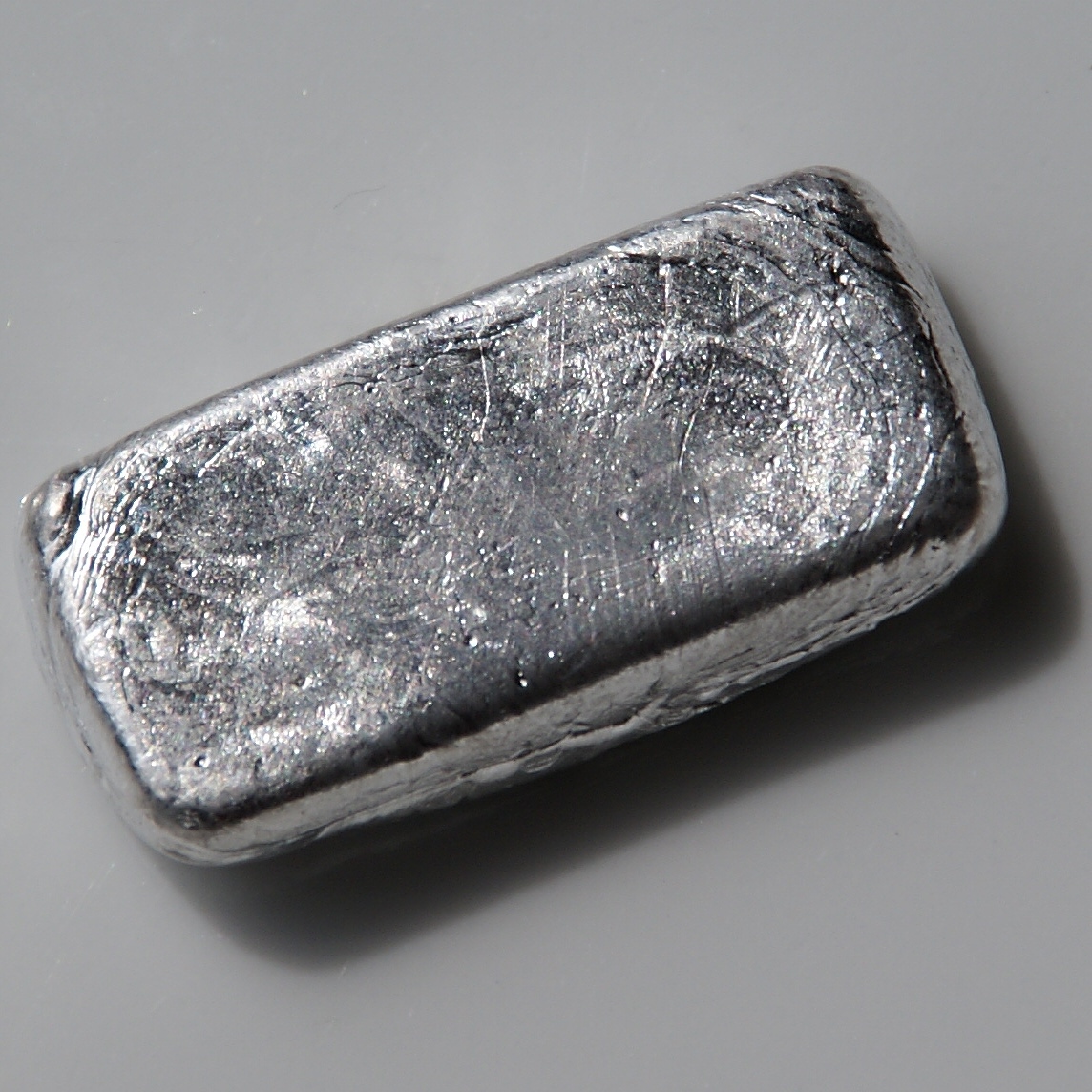History.
Indium was discovered in 1863 by Ferdinand Reich and Hieronymous
Theodor Richter while testing zinc ores with a spectrograph in search
of thallium12. The element was named after the indigo line in its
atomic spectrum123. Pure indium was isolated in 18641. In its early
days, indium was used as a coating agent of bearing of aircraft
engines in World War II13.
Indium is a chemical element with the symbol In and atomic number
49. It is a post-transitional metal in Group 13 of the periodic
table. Indium is a relatively rare element, and it is the 69th
most abundant element in the Earth's crust.
Indium was discovered in 1863 by Ferdinand Reich and Hieronymous
Theodor Richter. They named the element after the indigo line in
its spectrum. Indium is a soft, silvery-white metal that is
malleable and ductile. It is resistant to corrosion and has a low
melting point of 156.6 °C (313.9 °F).
Usage.
Indium was discovered in 1863 by Ferdinand Reich and Hieronymous
Theodor Richter. It is named after the indigo line in its spectrum.
Indium is found in trace amounts in zinc, lead, and iron ores. It is
also found in some minerals, such as sphalerite, chalcopyrite, and
galena. Indium is used in a variety of applications, including:
-
Soldering: Indium is used as a solder for joining metals. It is
particularly useful for soldering metals that are difficult to
solder, such as aluminum and stainless steel.
-
Electronics: Indium is used in the production of semiconductors,
transistors, and other electronic components.
-
Glass: Indium is used to make glass more transparent and resistant
to heat.
-
Medical imaging: Indium-111 is a radioactive isotope of indium
that is used in medical imaging.
-
Manufacturing of ultra-high-vacuum applications, such as electron
and X-ray spectroscopy
-
In dentistry, indium is used in the production of dental amalgams,
which are used to fill cavities. Indium is also used in the
production of some types of dental crowns and bridges.


